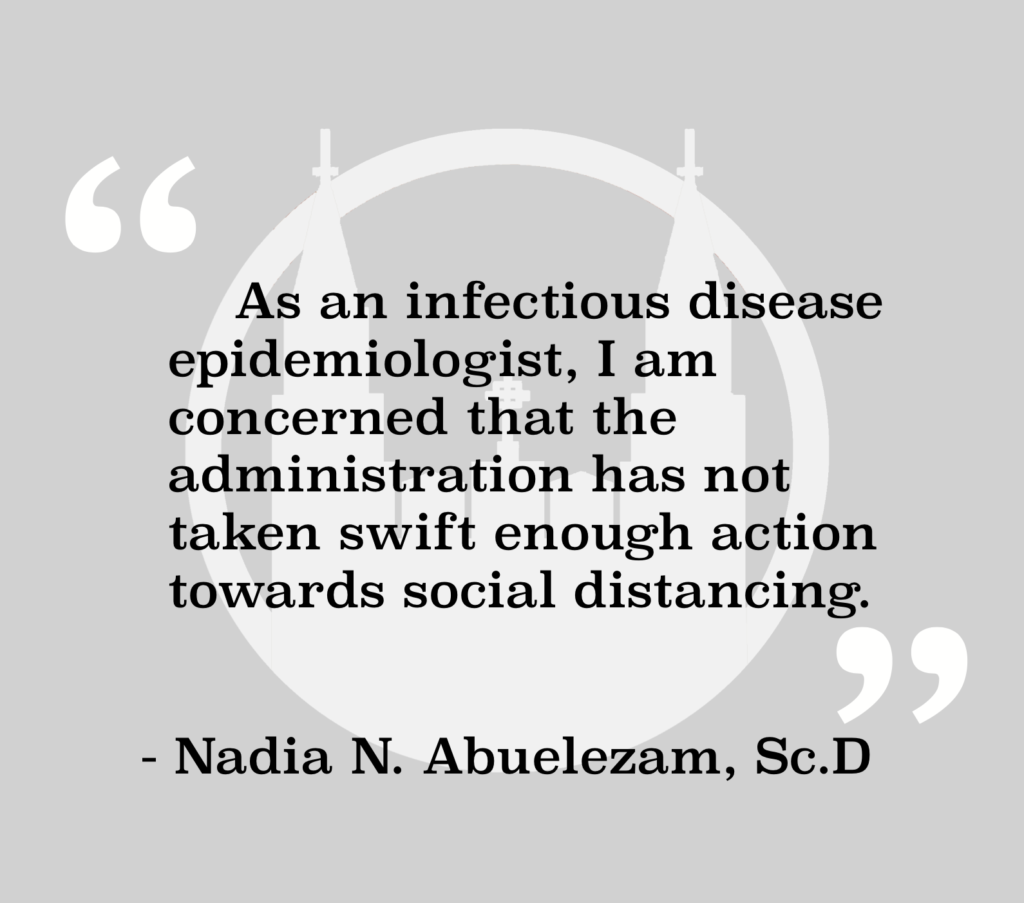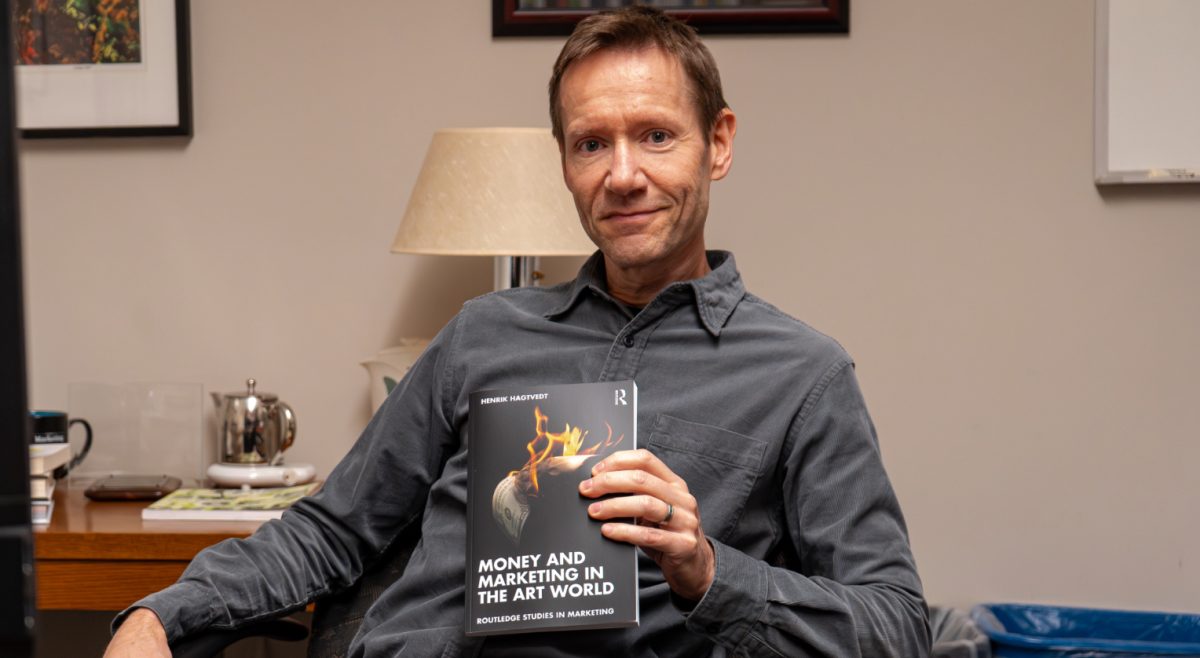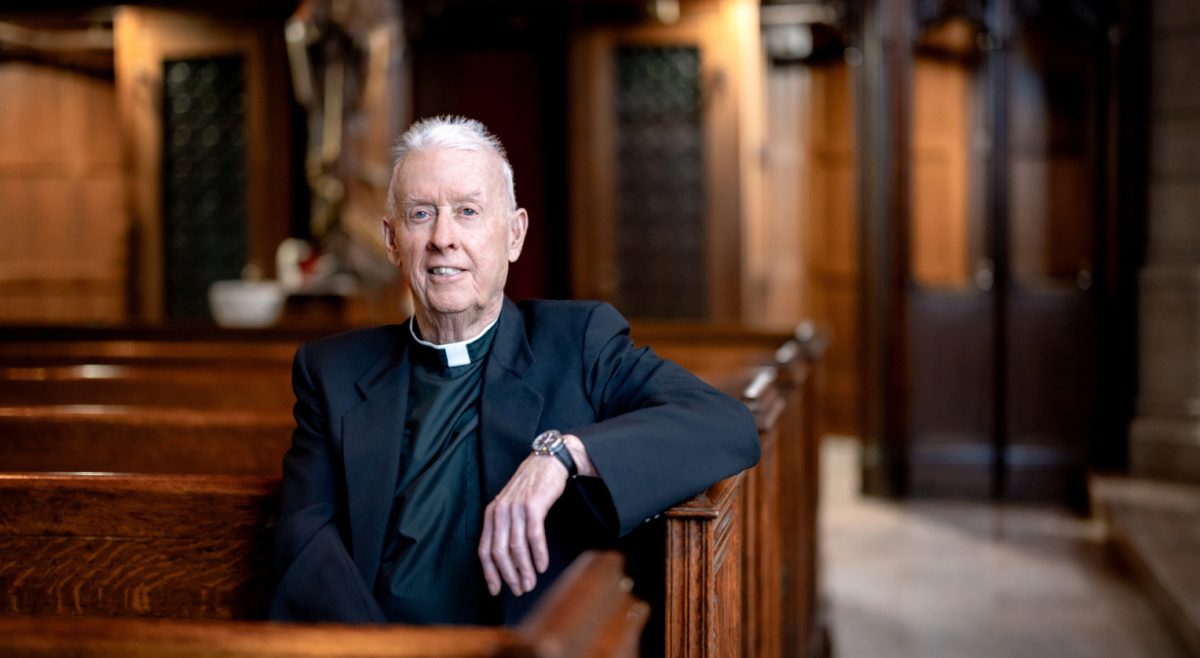For a stretch of several weeks in February and March, one of Boston College’s most talked about storylines may have been a series of events in Walsh Hall that included a healthy mixture of conduct violations, police involvement, and an unannounced leave of absence from the building’s resident director. While campus chatter likely led to slightly twisted, exaggerated versions of what actually went on for students living in Walsh and the professionals overseeing them, the reflections of residents as well as Office of Residential Life (ResLife) employees reveal certain systemic issues with the University’s conduct system exposed by the high volume of violations around this past semester’s midway point. At press time, George Arey, Director of Residential Life, did not yet respond to questions on conduct in Walsh Hall.
It is important to note that according to employees within ResLife, who spoke anonymously due to the sensitivity of the issue, the actual number of conduct violations in Walsh this past semester was not noticeably higher or lower than prior years. Rather, circumstances such as the unclear and abrupt departure of the hall’s Resident Director (who is still yet to return), police involvement on regular dorm walks by Resident Assistants (RAs), and the change of the front desk security staff added to the growing speculation about what was going wrong in Walsh.
While the Resident Director’s departure remains unexplained to both Walsh residents and ResLife employees, the front desk crew was changed simply due to a contract expiration, according to those familiar with the issue. Spikes in conduct violations throughout February and March were followed by scaled-up police involvement in the building. According to a ResLife professional familiar with the situation, police started more frequent patrols in Walsh due to multiple non-alcohol related incidents, but quickly became mainstays on weekend nights to control crowds in the lobby, a measure that has been helpful in getting students in and out of the building safely and efficiently. Only on two weekend nights during the spike in conduct violations did police accompany RAs on all of their rounds.
When residents are included in an incident report by RAs on duty, the current procedure is that the conduct matter is adjudicated directly through the community’s resident director, who decides on ramifications of the violation. Residents recount that in Walsh during this past semester, there have been inconsistent determinations of punishments, both due to the resident director’s departure as well as having some cases go to other communities’ resident directors due to the high volume of conduct violations in Walsh. Additionally, students indicate that the circumstances that lead to their particular case being evaluated by the student conduct board are unclear, and often seem arbitrary as well.
For example, one suite of Walsh residents recounts being put on disciplinary probation status through the 2015-2016 academic year following a student conduct board hearing for a noise and alcohol violation involving 15 people, while others with much larger gatherings are let off with a warning. According to a different Walsh resident, his suite was recorded for multiple violations throughout the academic year, including noise, alcohol, and possession of alcohol paraphernalia during room checks. While the violations resulted in meetings with the resident director of Walsh, the student was not put on probation because he was never present in the room. But this is not always the case, as BC’s current policies hold everyone in a room accountable for drinking that happens within it, even if they are not there.
The student perspectives presented in this column can be alarming when considering the gap between ramifications and actual violations by residents, but they are not hand-picked to paint ResLife, BCPD, or the conduct system in a poor light. Rather, they are included because the truths that exist within them are representative of far more stories that undeniably exist on campus—instances where certain parties and the conduct system have failed to keep students’ best interests as the top priority.
While it should be clear that there are many stories of students having poor experiences with disciplinary violations and that most of them are susceptible to bias and exaggeration, analyzing them in the context of ResLife policies brings into focus broader issues within the conduct system.
According to University guidelines given to RAs, social gatherings with 25 or more people should be broken up due to the possibility of noise and safety violations. However, another policy allows for any student to have a maximum of four guests in their room. When applied to Walsh, this means that a typical eight-man suite can have 32 guests plus its original eight residents for a total of 40 people at any given time, and be compliant under one section of the rules. However, this clearly crosses the 25-person limit that RAs are expected to enforce.
Although the events in Walsh this past semester can be seen as a combination of less-than-ideal events eerily occurring within days or weeks of one another, what is more worrying moving forward is the existence of contradictions within the conduct system as well as ResLife’s general lack of transparency throughout the semester in regards to Walsh. The change of front desk staff and scaled up police involvement were both standard procedures in response to a contract expiration and a spike in violations, respectively, that were turned into exaggerated stories and general confusion for residents and community members. The absence of Walsh’s Resident Director also still remains unexplained to residents, as well as RAs.
Moving forward, both ResLife and the University administration must make better efforts to make rules regarding noise, alcohol, and social gatherings as well as potential punishments for violations clearer to residents. They must also work to iron out any contradictions that exist in the conduct code, including the one highlighted in this piece. If ResLife increases its transparency with residents, it may just find itself in a better position to reach and positively impact the students for whom it seeks to create a safe, welcoming community.
Featured Image by John Wiley / Heights Editor



















